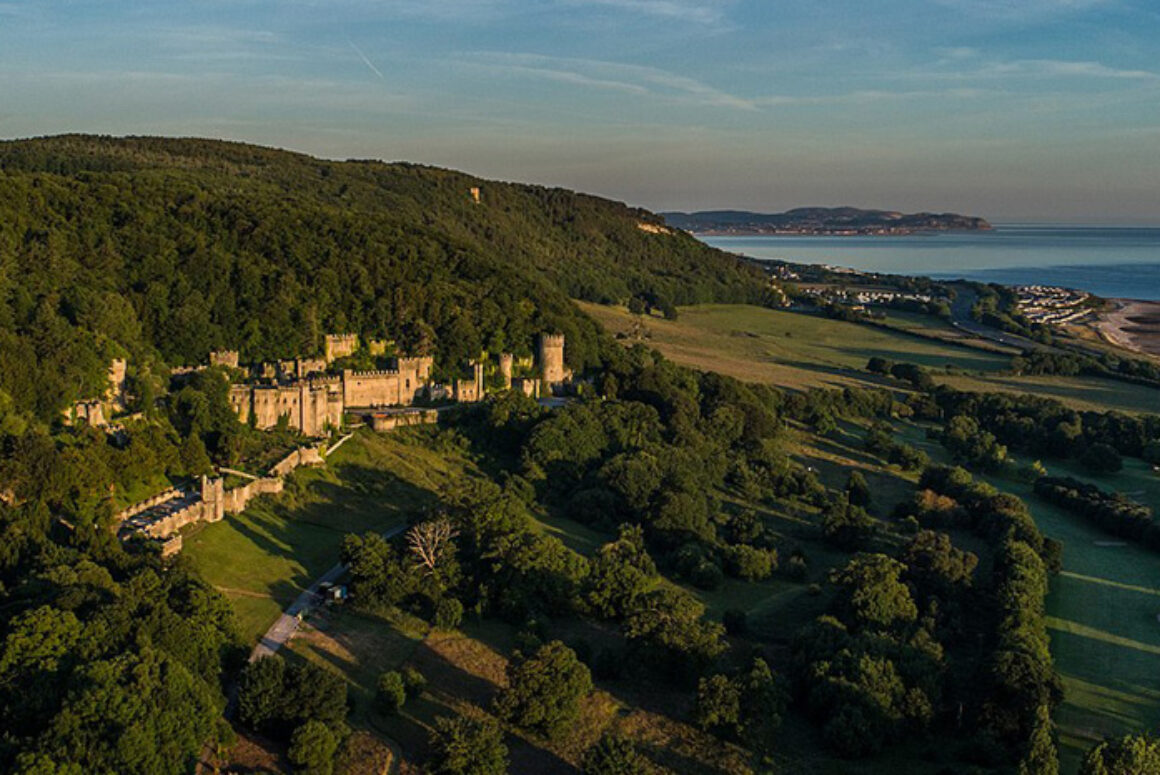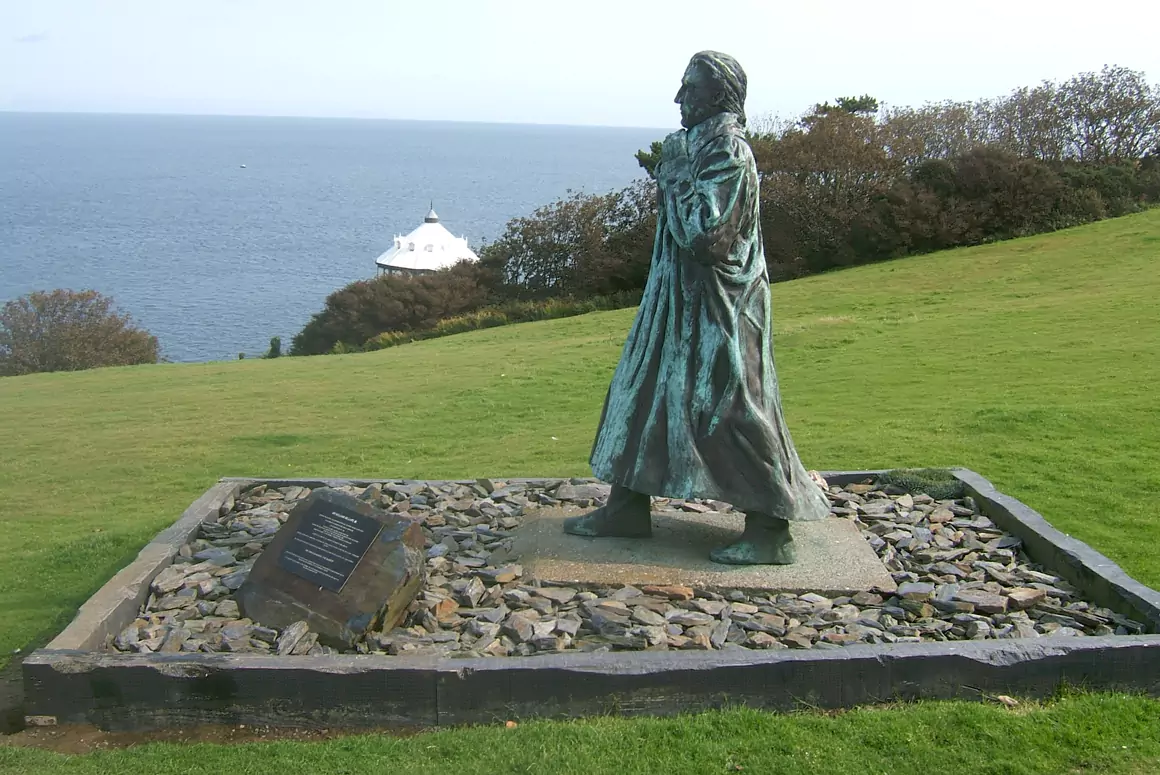![]()
Llanddulas has a mixed history – triumphing over tragedies, breathing new life into old ventures, all whilst respecting the past but moving forward into the 21st century.
Nestling beneath the limestone hill of Cefn-yr-Ogof, and closely bordered by Abergele, Llysfaen and Betws yn Rhos, the village of Llanddulas benefits from both its sea facing outlook and surrounding arable land. Farming and fishing were always prevalent occupations in this area but the extraction of limestone was the dominant industry with many families employed in the quarry. The aid of a wooden pier – built in 1822 – enabled this precious cargo to be loaded onto vessels then shipped to Liverpool, Lancashire and Cheshire.
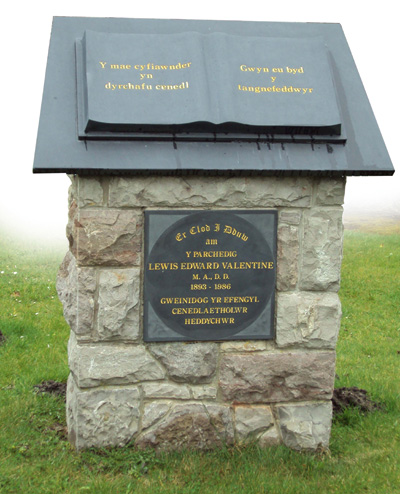
It’s here that Lewis Edward Valentine – the son of a local quarryman was born in 1893. Lewis went into Welsh politics, becoming the president of Plaid Cymru and its first parliamentary candidate in the 1929 General Election. He also found time to study to become a Baptist pastor, author and Welsh-language activist but his ties to the village were never forgotten and an attractive local pub was named in his honour – The Valentine.
The Chester and Holyhead railway intersects the parish but tragically, it was here that one of the worst train disasters happened in 1868. The Irish Mail train ran into petroleum laden wagons which had broken loose during shunting. The inflammable oil set on fire and thirty three passengers, unable to get out of their carriages, lost their lives.
A Stately Setting…
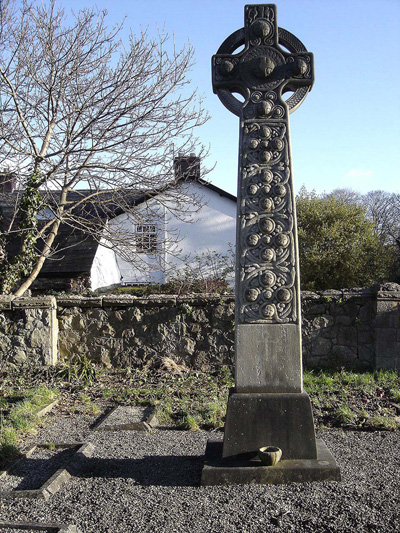
Providing an impressive backdrop to the village and clearly visible from the A55 carriageway is Gwrych Castle -its links with the community and families within it, forever entwined. To understand its significance you must first take a trip to the local place of worship – St Cynbryd’s – where a Celtic cross towers above the graves of the Bamford Hesketh’s, dominates the recently renovated churchyard. Erected to mark their passing, this influential family contributed greatly to improving the local area and were kind and generous benefactors – their lasting legacy was the creation of the Gwrych Castle.
As the brainchild of Lloyd Hesketh Bamford-Hesketh, Gwrych Castle was built upon the site of an ancient house called ‘Y Fron’ in 1819 and took six years to complete. The property has experienced a drastic change of fortunes over its 190 year history from the heights of luxury to the sorry depths of decay.
With eighteen Gothic style turrets, a limestone façade and mullioned windows, in its prime, this Victorian folly was an imposing sight. Renovations and an extension took place during the 1840’s before the castle passed to Lloyd’s son. With the help of designer George Edmund Street, Robert continued to make alterations with the addition of a magnificent Italian marble staircase, elaborate fireplaces and extensive landscaped gardens. Robert’s generosity spilled over into the community when he, once again, enlisted the skills of George Edmund Street to build the church of St Cynbryd’s. The Bamford Hesketh’s provided the finance and the foundation stone was laid on the 2nd July 1868 with the area consecrated by the Bishop of St Asaph. It cost £6000, was built of local stone, and became an important family and community place of worship.
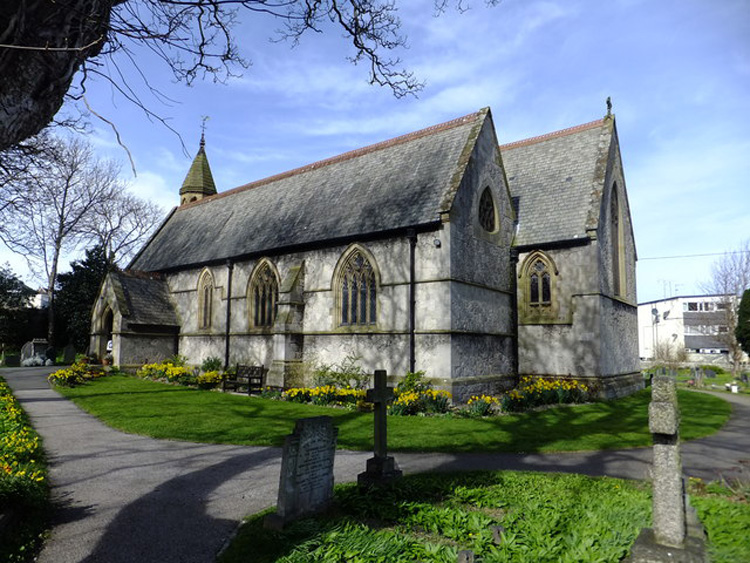
Other improvements to the village followed with the addition of a Working Men’s Club in 1885 and the Llanddulas Lifeboat Station. Both Robert and his wife also extended their kindness further along the coast to fund the National School in Abergele and St Mary’s Church in Towyn.
The Next Generation…
When Robert’s daughter Winifred inherited the castle in 1894, this stately pile experienced further change. Winifred had married Douglas Mackinnon Baillie Hamilton Cochrane and although the union had given her the title Countess Dundonald, it was not a love match but she settled into her new life bringing up five children and making Gwrych her main residence. With twenty eight bedrooms, eight bathrooms, breakfast, drawing and dining rooms, wine and coal cellars, servant’s quarters, a stable block for six horses, an ice house and numerous other areas of accommodation, the family home could boast a staggering 120 rooms.
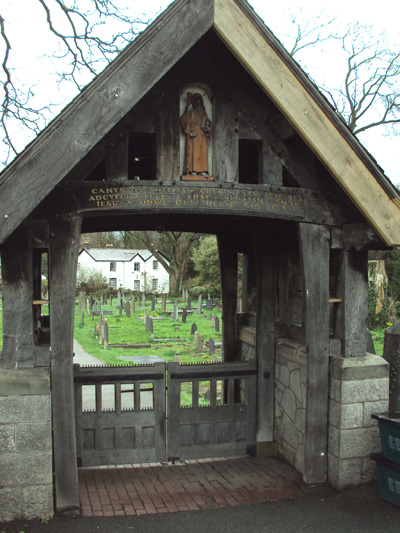
Visits from royalty including Queen Victoria and the wife of Edward VII, Queen Alexandria, only added to the fashionable and affluent lifestyle led by the Hesketh-Bamford’s. Winifred could count the Duchess of Argyll amongst her friends and became close to Princess Helena through their work with the Red Cross. Despite this, the kind hearted Countess was always aware of her workers on the estate, taking an interest in their welfare and every week providing flowers from the Castle gardens for the alter at St Cynbryd’s Church.
For Winifred, family life was not an easy one, her husband had many affairs, leading Winifred to find comfort in the arms of the Archbishop of Wales. Eventually, their incompatibility became too much and the couple split.
Winifred moved back to her London home in Cadogan Square and due to continuous disagreements with her husband, wrote out a will leaving Gwrych Castle to the Prince of Wales.
A Change of Fortune…
On 17th January 1924, Winifred died from an illness caused by her diabetes and was laid to rest with her parents at St Cynbryd’s Church in Llanddulas. The Prince of Wales was unable to uphold Winifred’s bequest therefore Gwrych was left to the Church of Wales and the Order of St John of Jerusalem. However, by 1925, Winifred’s husband had re-purchased the property and sold the contents to cover his costs.
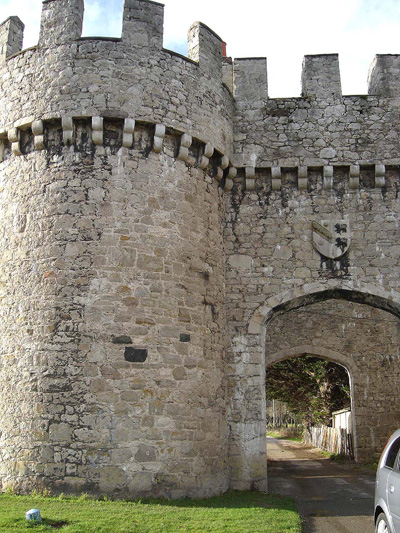
During the Second World War, the government requisitioned the castle and it became home to over two hundred Jewish refugees who were smuggled out of Nazi Germany as part of Operation Kindertransport. For these children it was a haven of peace but after the war Gwrych was in desperate need of a facelift.
By 1948, Leslie Salts was proprietor and for the next twenty years he successfully ran the castle as a tourist attraction; ten million visitors passed through the gates and even champion boxers Randolph Turpin and Bruce Woodcock used Gwrych as a training camp.
A change of ownership saw the castle recreated into a Camelot style wonderland where banquets reminiscent of feasts from the Middle Ages were served whilst mock jousting took place for entertainment. However, in 1985, Gwrych finally closed to the public and the fate of this remarkable building nosedived.
Now a shadow of its former self, it’s hard to imagine the Bamford Hesketh’s strolling in the terraced gardens or socialising in the presence of royalty – all within a stones throw of the village. The marble used to construct the staircase and fireplaces has long since been stolen, floors have fallen through and the stained glass windows stripped, whilst in St Cynbryd’s churchyard, the Bamford Hesketh’s rest, unaware of what has become of their beloved and treasured family home.
After a reprieve in 2006, the castle was purchased in the hope of turning it into a five star hotel, sadly this never materialised, as the company has now gone into administration. Once again Gwrych’s future hangs in the balance, with Llanddulas and the surrounding area waiting to see who will have the potential to breathe new life into this listed building and perhaps even return it to the former grandeur of the Victorian age.
Useful information:
- For a fascinating insight into the history of Llanddulas visit Llanddulas Hidden History on Facebook
- Mark Baker is an authority and avid campaigner for Gwrych Castle and has written a number of books on its history.
- Visit this website for the latest progress on the fate of the castle at www.gwrychcastle.co.uk


